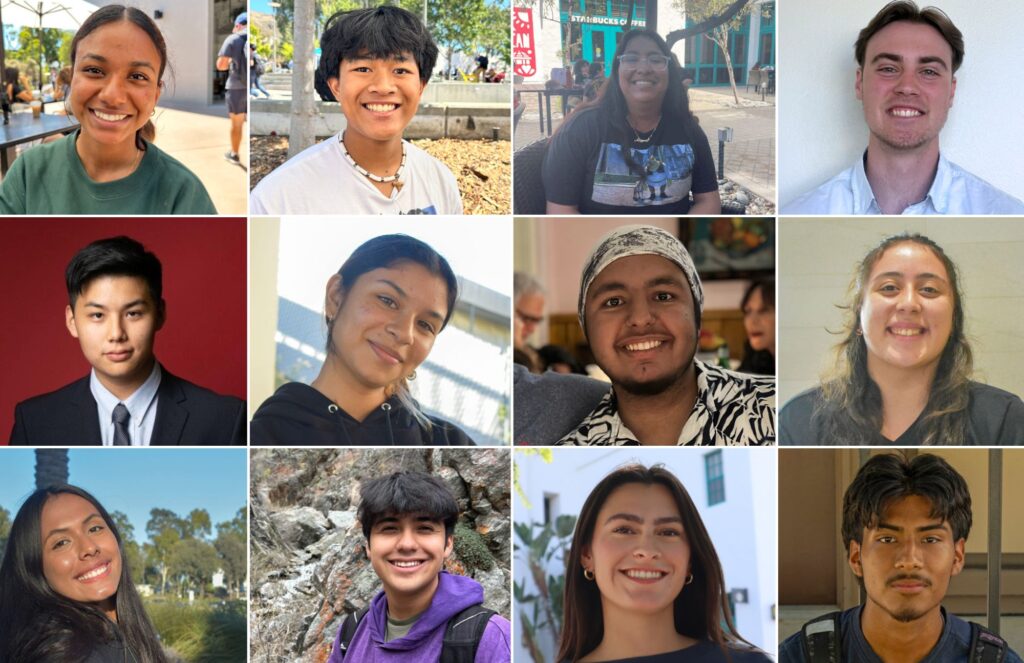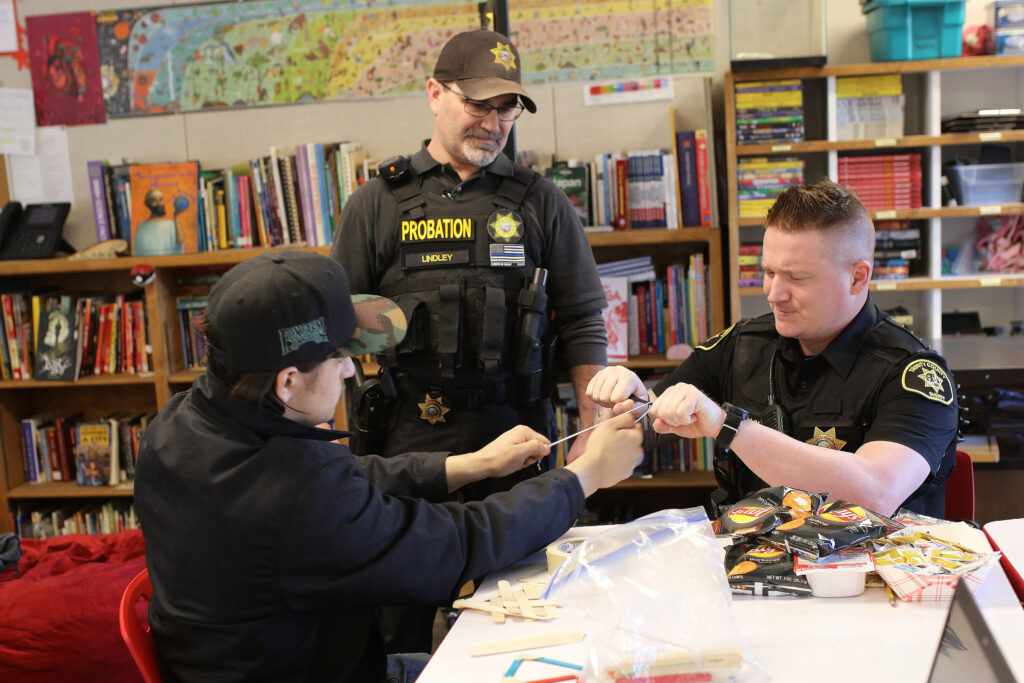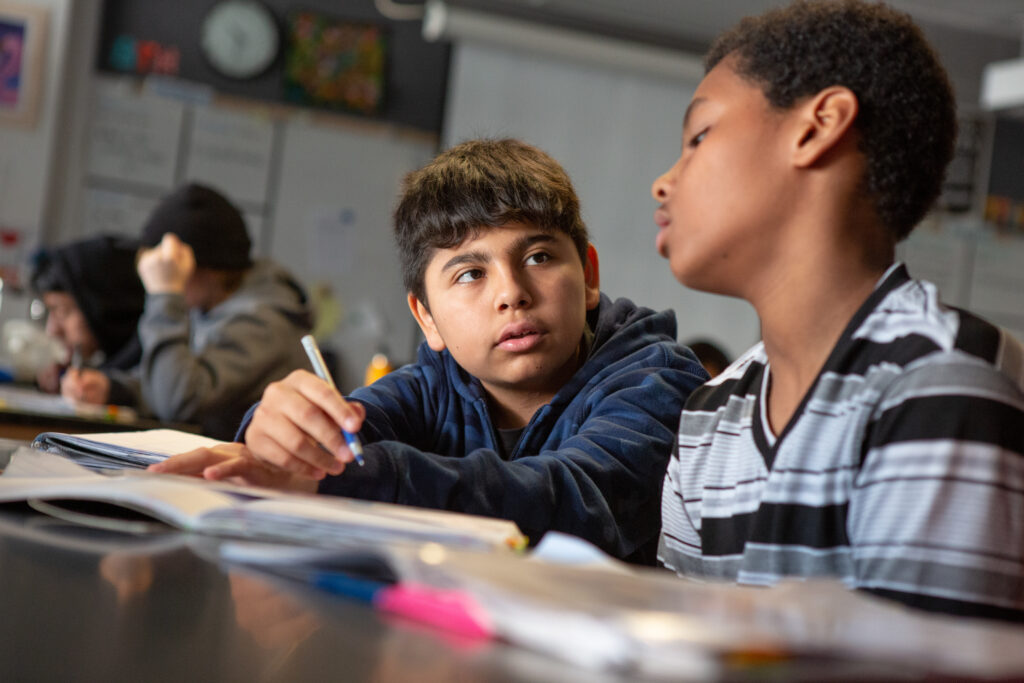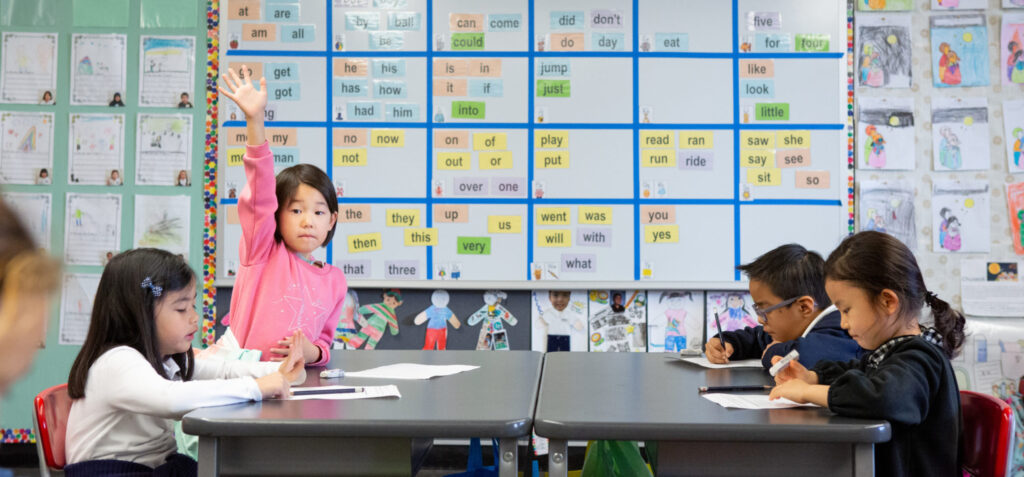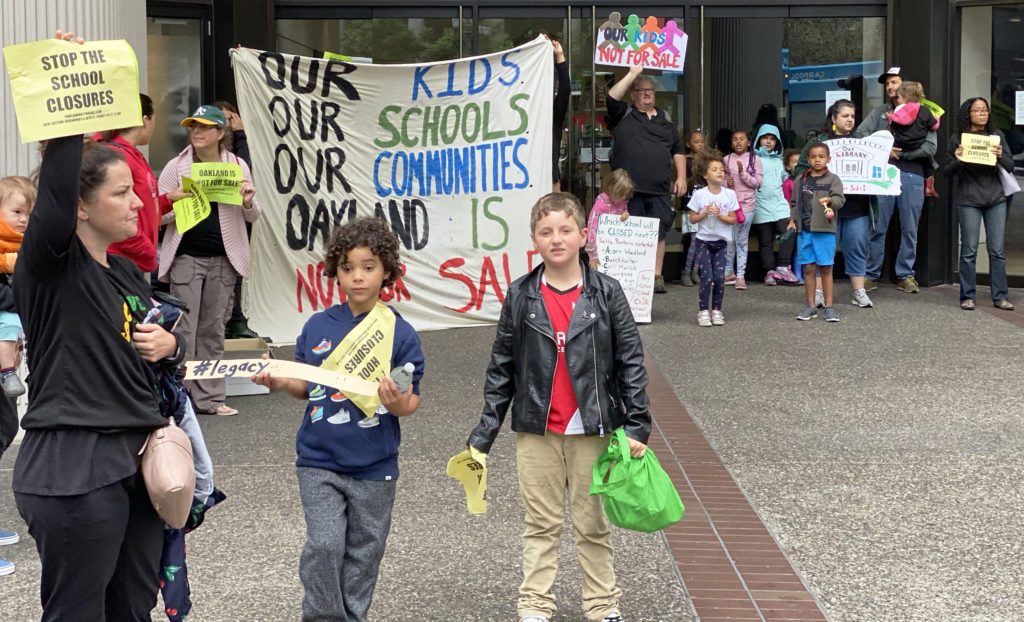Catherine Rampell is an opinion writer for The Washington Post who writes often about economics. She focuses here on the expansion of data collection by the Trump administration, even as it ceases to collect anonymous data about health trends. What worries me is the invasion of privacy by the DOGE team, who scooped up personally identifiable data from the IRS and Social Security about everyone, including you and me. Why did they want it? What will they do to it?
She writes:
It’s rarely comforting to appear on a government “list,” even (or perhaps especially) when compiled in the name of public safety.
It was alarming in the 1940s, when the U.S. government collected the names of Japanese Americans for internment. Likewise in the 1950s, when the House Un-American Activities Committee catalogued communists. And it’s just as troubling now, as the Trump administration assembles registries of Jewish academics and Americans with developmental disabilities.
Yes, these are real things that happened this past week, the latest examples of the White House’s abuse of confidential data.
Last week, faculty and staff at Barnard College received unsolicited texts asking them whether they were Jewish. Employees were stunned by the messages, which many initially dismissed as spam.
Turns out the messages came from the Trump administration. Barnard, which is affiliated with Columbia University, had agreed to share faculty members’ private contact info to aid in President Donald Trump’s pseudo-crusade against antisemitism.
Ah, yes, a far-right president asking Jews to register as Jewish, in the name of protecting the Jews, after he has repeatedly accused Jews of being “disloyal.” What could go wrong?
The same day, National Institutes of Health Director Jay Bhattacharya announced a “disease registry” of people with autism, to be compiled from confidential private and government health records, apparently without its subjects’ awareness or consent. This is part of Health and Human Services Secretary Robert F. Kennedy Jr.’s vendetta against vaccines, which he has said cause autism despite abundant research concluding otherwise.
This, too, is disturbing given authoritarian governments’ history of compiling lists of citizens branded mentally or physically deficient. If that historical analogue seems excessive, note that Bhattacharya’s announcement came just a week after Kennedy delivered inflammatory remarks lamenting that kids with autism will never lead productive lives. They “will never pay taxes, they’ll never hold a job,” he said, adding they’ll never play baseball or go on a date, either.
This all happened during Autism Acceptance Month, established to counter exactly these kinds of stigmatizing stereotypes. Kennedy’s comments and the subsequent “registry” set off a wave of fear in the autism advocacy community and earned condemnation from scientists.
Obviously, advocates want more research and support for those with autism. They have been asking for more help at least since 1965 (when what is now called the Autism Society of America was founded in my grandparents’ living room). But few in this community trust political appointees hostile to scientific research — or a president who has publicly mocked people with disabilities — to use an autism “registry” responsibly.
(An unnamed HHS official later walked back Bhattacharya’s comments, saying the department was not creating a “registry,” per se, just a “real-world data platform” that “will link existing datasets to support research into causes of autism and insights into improved treatment strategies.” Okay.)
These are hardly the administration’s only abuses of federal data. It has been deleting reams of statistical records, including demographic data on transgender Americans. It has also been exploiting other private administrative records for political purposes.
For example, the Internal Revenue Service — in an effort to persuade people to pay their taxes — spent decades assuring people that their records are confidential, regardless of immigration status. The agency is in fact legally prohibited from sharing tax records, even with other government agencies, except under very limited circumstances specified by Congress. Lawmakers set these limits in response to Richard M. Nixon’s abuse of private tax data to target personal enemies.
Trump torched these precedents and promises. After a series of top IRS officials resigned, the agency has now agreed to turn over confidential records to help Immigration and Customs Enforcement locate and deport some 7 million undocumented immigrants.
The move, which also has troubling historical echoes, is being challenged in court. But, in the meantime, tax collections will likely fall. Undocumented immigrant workers had been paying an estimated $66 billion in federal taxes annually, but they now have even more reason to stay off the books.
This and other DOGE infiltrations of confidential records are likely to discourage public cooperation on other sensitive government data collection efforts. Think research on mental health issues or public safety assessments on domestic violence.
But that might be a feature, not a bug, for this administration. Chilling federal survey participation and degrading data quality were arguably deliberate objectives in Trump’s first term, when he tried to cram a question about citizenship into the 2020 Census. The question was expected to depress response rates and help Republicans game the congressional redistricting process.
Courts ultimately blocked Trump’s plans. That’s what it will take to stop ongoing White House abuses, too: not scrapping critical government records, but championing the rule of law.
Ultimately, the government must be able to collect and integrate high-quality data — to administer social programs efficiently, help the economy function and understand the reality we live in so voters can hold public officials accountable. None of this is possible if Americans fear ending up on some vindictive commissar’s “list.”

